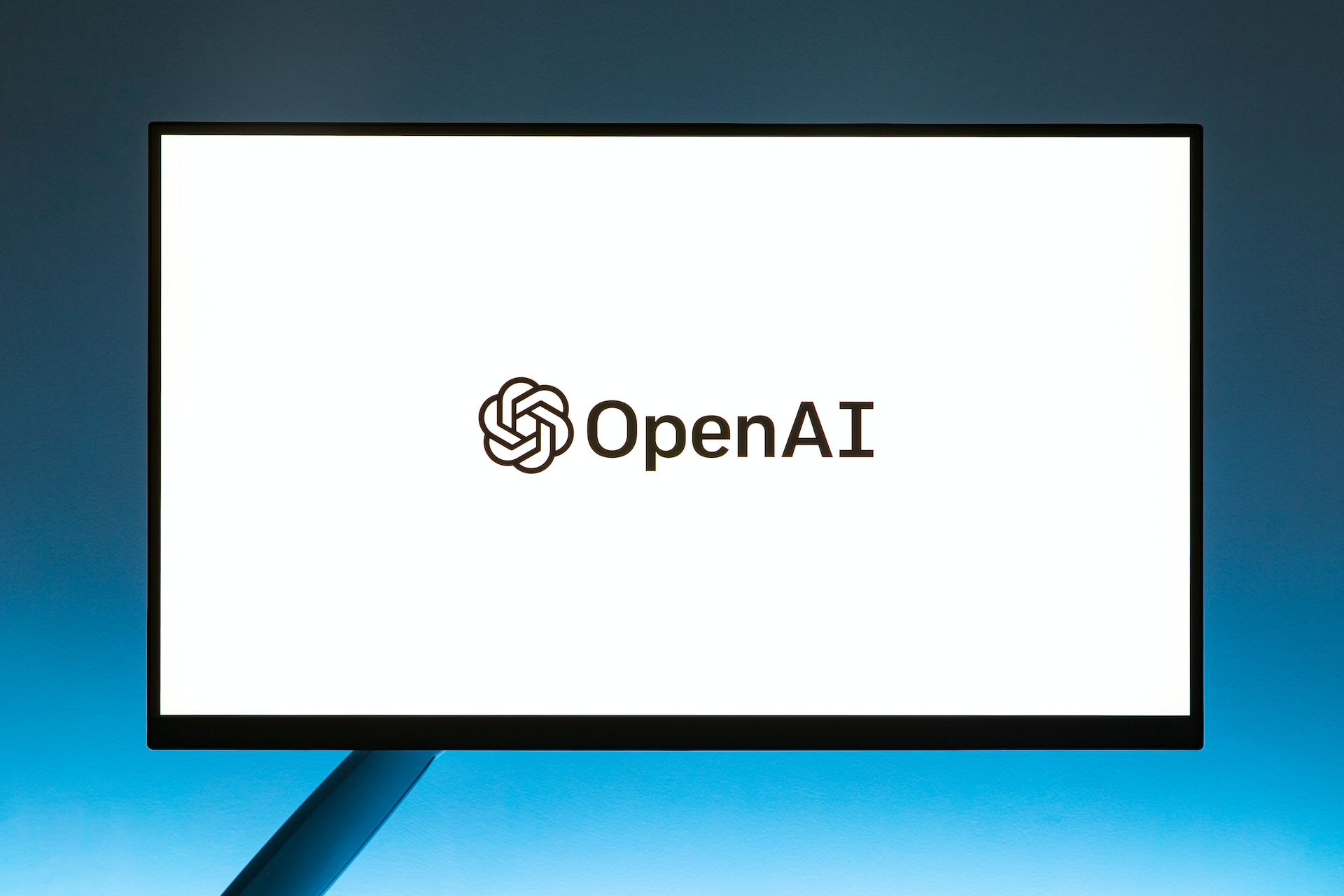In an era where artificial intelligence (AI) is becoming increasingly prevalent in our daily lives, Amazon’s ChatGPT, an AI language model developed by OpenAI, has been thrust into the spotlight. While touted as an advanced tool for generating human-like responses, recent scrutiny reveals that the system falls short, leaving users with an incomplete solution that raises questions about its reliability and ethical implications.
ChatGPT, built upon OpenAI’s GPT-3.5 architecture, boasts impressive capabilities, leveraging machine learning algorithms to understand and generate text responses in a conversational manner. With its potential to streamline customer service interactions, provide virtual assistance, and facilitate communication, the technology holds great promise. However, as users delve deeper into its functionalities, it becomes apparent that there are significant limitations to its effectiveness.
One of the primary concerns surrounding ChatGPT is its lack of contextual understanding. While it excels at generating coherent responses on a surface level, it often fails to grasp the nuances and subtleties of complex queries or conversations. Users have reported instances where ChatGPT provides misleading or inaccurate information, leading to frustration and potential miscommunication. This limitation not only undermines its usability but also raises doubts about its reliability as a reliable source of information.
Furthermore, the ethical implications of ChatGPT’s responses have also come under scrutiny. AI systems are only as unbiased as the data they are trained on, and ChatGPT is no exception. Reports have surfaced of the system displaying biases, perpetuating stereotypes, and even engaging in harmful or offensive discourse. This not only highlights the importance of rigorous data curation and bias detection but also underscores the need for accountability and transparency in the development and deployment of AI technologies.
Addressing the shortcomings of ChatGPT requires a multi-faceted approach. Firstly, the technical limitations must be acknowledged and addressed. Improving the system’s ability to understand context, identify and rectify inaccuracies, and provide more reliable and informative responses should be a priority for further development. OpenAI, as the creator of ChatGPT, must invest in ongoing research and development to enhance the system’s capabilities and refine its performance.
In addition to technical improvements, ethical considerations must be at the forefront of ChatGPT’s evolution. OpenAI should implement robust measures to detect and mitigate biases in the system’s responses. This involves comprehensive data selection, diverse training sets, and continuous monitoring to ensure that the AI model does not reinforce harmful biases or contribute to the spread of misinformation. OpenAI’s commitment to ethical AI development should extend beyond mere promises and be reflected in tangible actions.
Another crucial aspect is transparency. Users have the right to know when they are interacting with an AI system rather than a human. OpenAI should clearly label ChatGPT’s responses as AI-generated to avoid potential misunderstandings and prevent the blurring of lines between human and machine interactions. Transparency builds trust and empowers users to make informed decisions about the reliability and validity of the information they receive.
While ChatGPT’s current limitations are evident, it is important to recognize that it is a stepping stone in the ongoing evolution of AI language models. It represents a significant advancement in natural language processing and has demonstrated its potential to streamline various communication processes. However, the responsibility lies with the developers and researchers to continue refining and improving these systems to meet the expectations and needs of users in an increasingly AI-driven world.
As we navigate the intricate landscape of AI technology, it is crucial to remember that these systems are tools designed to augment human capabilities, not replace them. The ultimate goal should be to create AI systems that complement human intelligence, enhance our experiences, and promote positive outcomes across various domains.




